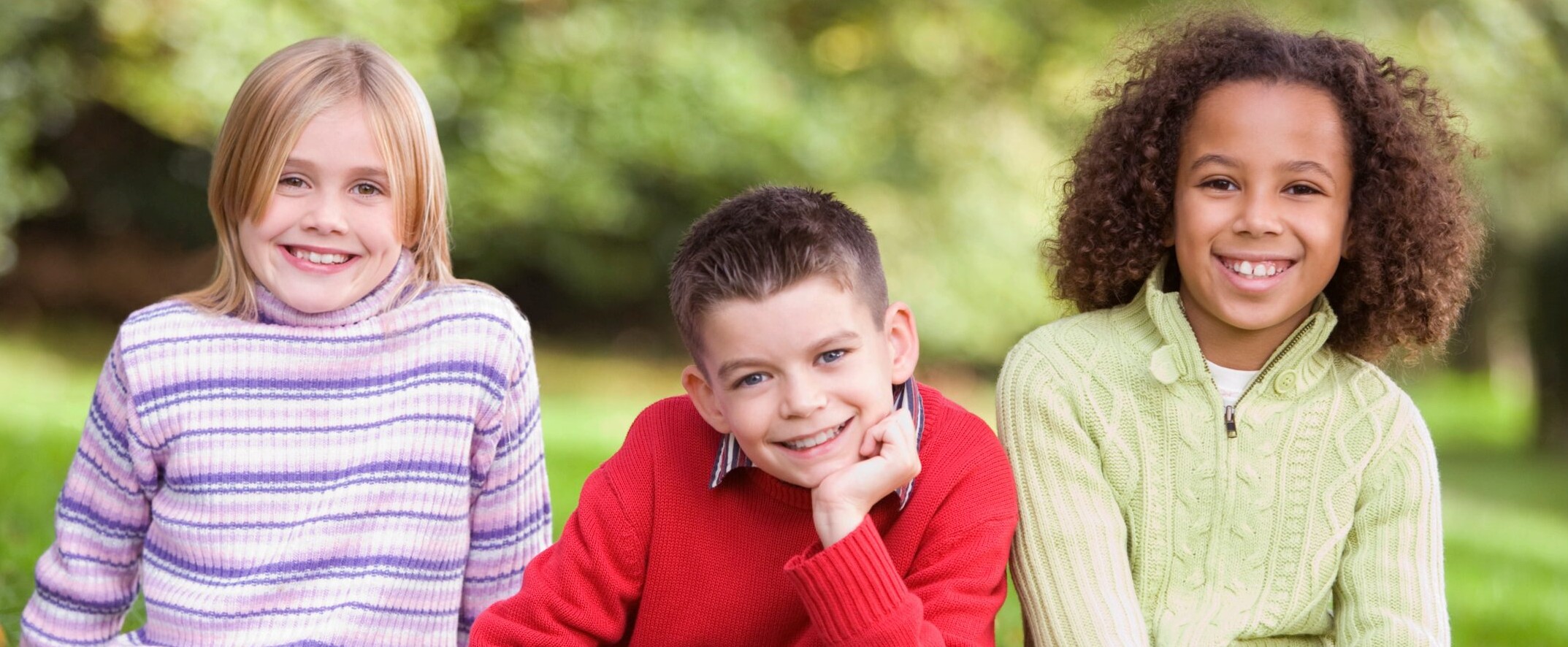Children's Liturgy of the Word
National Liturgical Council

In the Gospels, Jesus says, ‘Let the children come to me, and don't try to stop them! People who are like these children belong to God's kingdom’ (Matthew 19:14).
This beautiful scripture captures what the Children’s Liturgy of the Word is all about! It is a celebration that makes Christ Jesus, who is present in the scriptures, accessible to children. It creates space for our youngest disciples to encounter God and grow deeper in His love and life—both as children of God in their own right, and as members of their community of faith.
With the Second Vatican Council, the Church expressed an earnest desire ‘that all the faithful should be led to that full, conscious, and active participation’ in the liturgy (Sacrosanctum Concilium, 1963, #14). To make this possible for all people, including our very youngest disciples, the document further stated that provisions should be made for ‘variations and adaptations to different groups, regions, and peoples’ (Sacrosanctum Concilium, 1963, #38). Following this, the Congregation for Divine Worship outlined the adaptations specific for children in a subsequent document called The Directory for Masses with Children.
This often-overlooked document begins by acknowledging the challenge of bringing children up in the faith, particularly in relation to liturgy, and articulates what many parents experience each week. As rich as the liturgy is, the words and signs ‘have not been sufficiently adapted to the capacity of children’, and ‘spiritual harm’ may be done to children if they repeatedly experience things that are ‘barely comprehensible’ to them (Directory for Masses with Children, 1973, #2). Therefore, the document encourages us to follow the example of Jesus, who ‘took the children in his arms and blessed them’ (Mark 10:16).
Children have an extraordinary capacity to know and love God. They are deeply receptive and profoundly formed by their religious experience. The Children’s Liturgy of the Word provides an opportunity for children to pray with the Sunday readings in a way that opens their hearts to encounter the risen Jesus. Over time, this ongoing encounter and growing engagement should lead them to take their place in the celebration of the Mass with the whole Christian community.
There are two key principles for the celebration of Children’s Liturgy of the Word. Firstly, that it is liturgy, and secondly, that it is focused on the Word, that is, the scriptures for the given Sunday.
Liturgy, by nature, has form and ritual. It is filled with words, symbols, actions, and responses that unify the participants around a shared experience. The Children’s Liturgy of the Word is no different. While liturgy for children should certainly be celebrated in a way they can understand and engage with, you would still expect to see elements of good liturgy that draw them into active participation.
We don’t have to look far to see that the Mass is a feast for the senses! We sit, we stand, we kneel, we process. We listen to the voices around us and lend our own to the singing and responses. All around us, colours mark the seasons, while images and signs make visible things we cannot see. The fragrance of the wine and the taste of bread as we receive the Body and Blood of Jesus Christ fill us, not just spiritually but physically as well. Liturgy is filled with these things, and if these elements are important for us as adults, they are doubly so for children! The Directory for Masses with Children recognises that ‘the principles of active and conscious participation are in a sense even more significant for children’ (Directory for Masses with Children, 1973, #22). Therefore, the use of music and singing, movement and visual elements—including those created by the children themselves—are strongly encouraged.
Also, by clearly identifying this activity as liturgy, it also tells us what it is not. That is, it is not babysitting, and it is not religious instruction or catechesis. True, children will learn more about the faith and parents will be free to engage more intently in the homily, but neither of these is the purpose of Children’s Liturgy. The purpose is to lead children to a deeper encounter with Jesus Christ, alive and present in the scriptures.
This leads us to the second principle. Children’s liturgy is focused on the Word of God—the scriptures. During this celebration, children engage as the scriptures are proclaimed, they unpack them, apply them to their life, and respond just as the rest of the congregation does. Remember, there is no such thing as a ‘junior’ Holy Spirit! The very same Holy Spirit who is speaking to the hearts of the adults in the main congregation is also present, speaking to the hearts of the children in the Liturgy of the Word created just for them!
The celebration of Children’s Liturgy of the Word provides a rich opportunity for faith communities to follow the example of Jesus – to welcome, include, evangelise, and form the children and families in their midst – so that they may grow in the knowledge of God’s love, thrive in the joy of the Gospel, and find their home in the Catholic Church.
